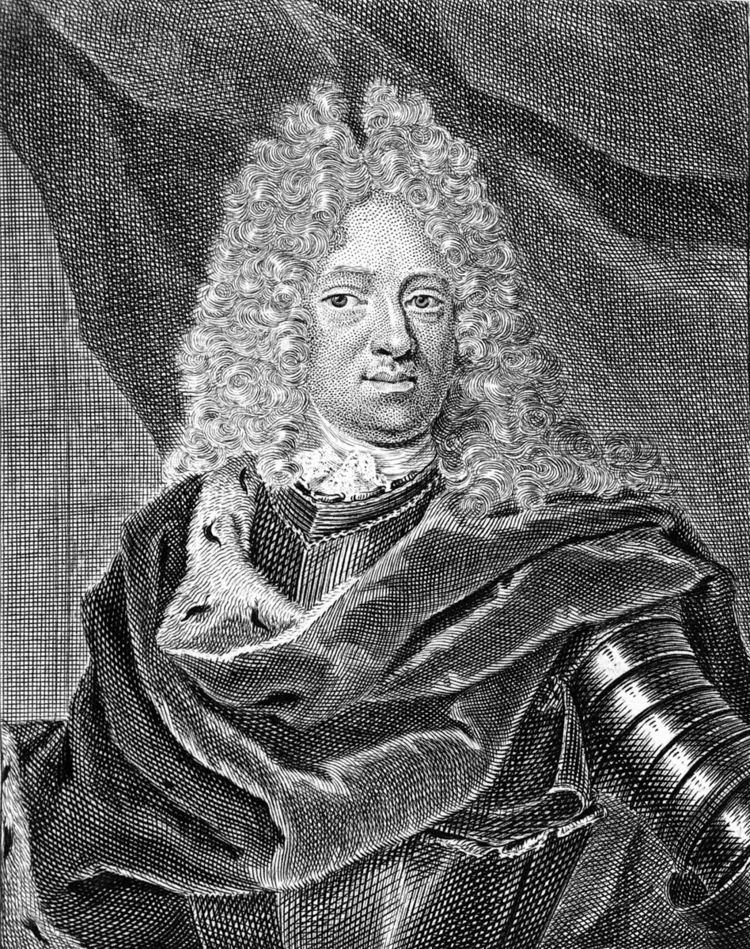Related Movements 8 | Occasion Homage Cantata text anonymous | |
 | ||
Performed 12 January 1729 (1729-01-12): Leipzig | ||
O angenehme Melodei (O pleasing melody), BWV 210a, is a secular cantata by Johann Sebastian Bach. Featuring a solo soprano, it was perhaps the longest of Bach's solo cantatas. He wrote it in Leipzig as a "Huldigungskantate" (homage cantata) for Christian, Duke of Saxe-Weissenfels. First performed on 12 January 1729, the cantata became part of his repertory of congratulatory and homage cantatas, dedicated at least twice to different people and occasions. Bach used it as the base for his wedding cantata O holder Tag, erwünschte Zeit, BWV 210. Most of the music of O angenehme Melodei was lost, but can be reconstructed from the later work, which survived completely.
Contents
History and words
Bach first performed this cantata in 1729 and adapted it for two other occasions. The first version, performed on 12 January 1729, paid homage to Christian, Duke of Saxe-Weissenfels on the occasion of his visit to Leipzig. The dates of the later performances are not known, but the dedications were to Joachim Friedrich Count Flemming, the governor of Leipzig (words for that occasion given below), and, thirdly, to the "Gönner von Wissenschaft und Kunst" (Patron of Science and Art), this version is also called "Sponsorenkantate", the sponsors' cantata).
Only the soprano part and a separate printed textbook of the earliest version survived into the twentieth century. The soprano part was lost in World War II. Bach used the five arias, the first recitative and the beginning of the last recitative later in his wedding cantata BWV 210, therefore the music can be reconstructed. Alexander Ferdinand Grychtolik edited a reconstruction, published by Edition Güntersberg. He chose the third text version as the most general one.
Scoring and structure
The cantata in 10 movements is scored, as BWV 210, for soprano, flauto traverso, oboe d'amore, two violins, viola, and basso continuo with violone and harpsichord.
- Recitative: O angenehme Melodei
- Aria: Spielet, ihr beseelten Lieder
- Recitative: Ihr Sorgen, flieht
- Aria: Ruhet hie, matte Töne
- Recitative: Wiewohl, beliebte Musica
- Aria: Schweigt, ihr Flöten, schweigt, ihr Töne
- Recitative: Doch fasse dich, dein Glanz
- Aria: Großer Flemming, alles Wissen
- Recitative: Erleuchtet Haupt, so bleibe fernerweit
- Aria: Sei vergnügt, großer Flemming
